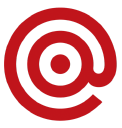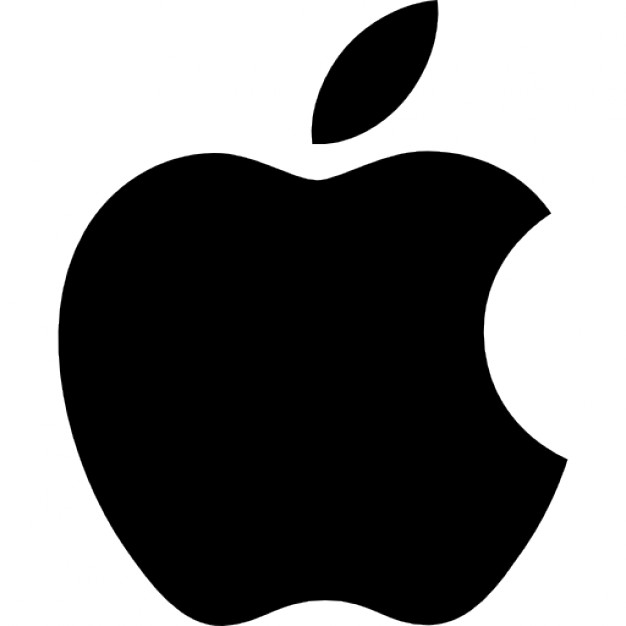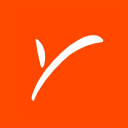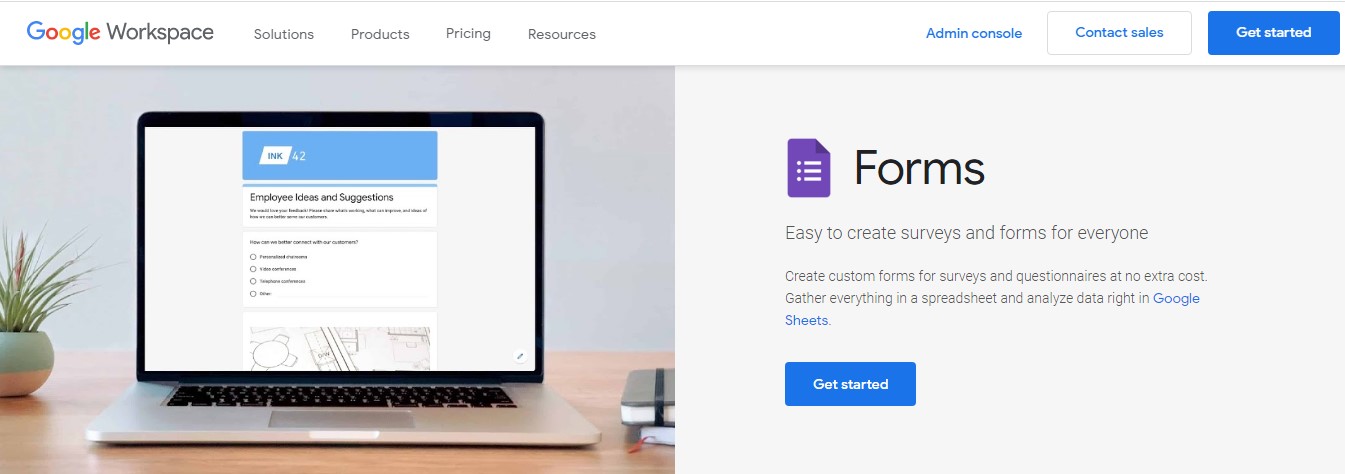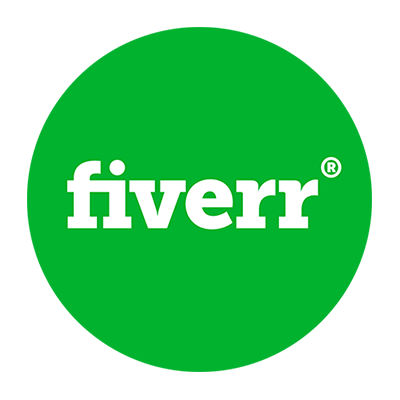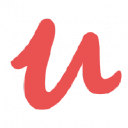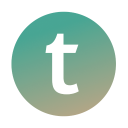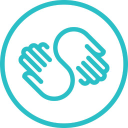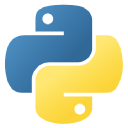We Built a $75K ARR SaaS for Content Creators in One Week
Hello! Who are you and what business did you start?
Hey, I’m Ash and I co-founded Repurpose Pie - a text-to-video content repurposing SaaS for Twitter creators.
Repurpose Pie makes growth on video platforms easy and effortless for X creators.
It takes your X posts, converts them to videos, and posts them automatically to TikTok & YouTube (Instagram coming soon).

We’re a company founded by content entrepreneurs for content entrepreneurs. If you create content for any platform - you know it’s not as easy as it looks. Creating content takes time and energy and it’s next to impossible to make content regularly for multiple platforms at once.
What we do is turn your existing X content (or any text post, really) into beautiful looking videos that are autoposted to all video platforms so you can grow everywhere without any effort.
There are 2 plans: Basic...

Download the report and join our email newsletter packed with business ideas and money-making opportunities, backed by real-life case studies.

Download the report and join our email newsletter packed with business ideas and money-making opportunities, backed by real-life case studies.

Download the report and join our email newsletter packed with business ideas and money-making opportunities, backed by real-life case studies.

Download the report and join our email newsletter packed with business ideas and money-making opportunities, backed by real-life case studies.

Download the report and join our email newsletter packed with business ideas and money-making opportunities, backed by real-life case studies.

Download the report and join our email newsletter packed with business ideas and money-making opportunities, backed by real-life case studies.

Download the report and join our email newsletter packed with business ideas and money-making opportunities, backed by real-life case studies.

Download the report and join our email newsletter packed with business ideas and money-making opportunities, backed by real-life case studies.



